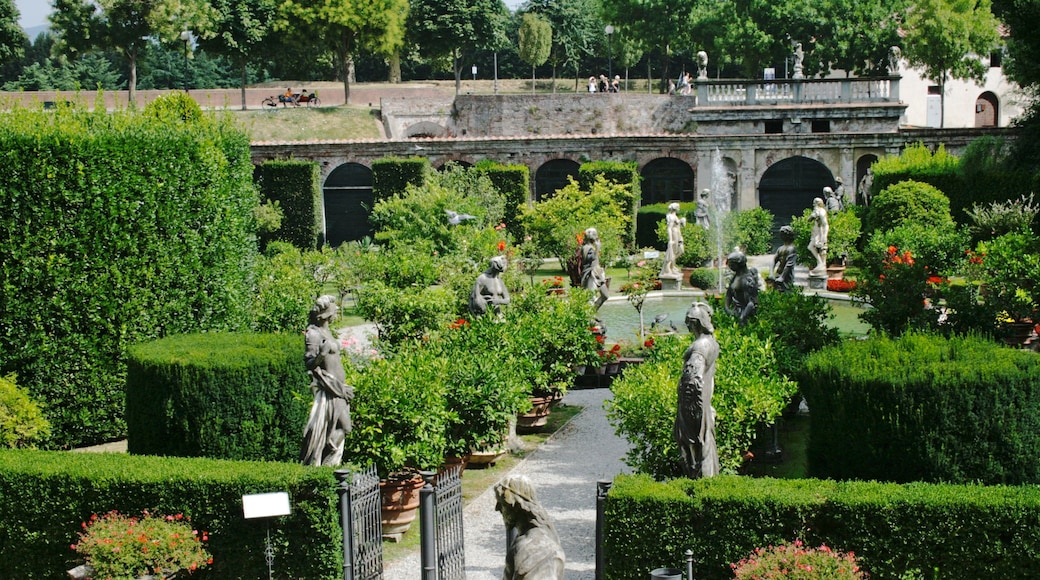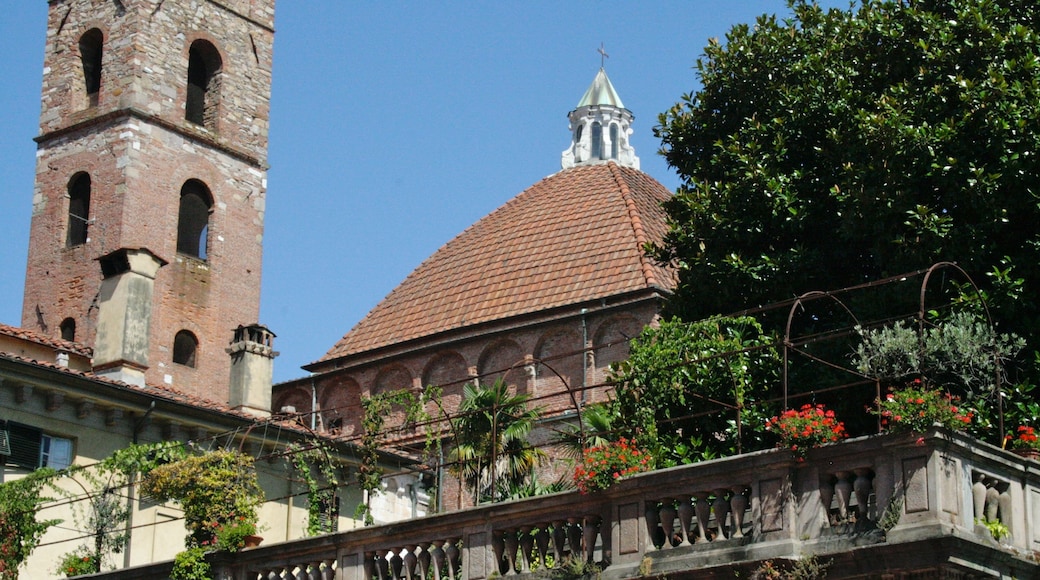Enclosed entirely by monumental Renaissance walls, the small city of Lucca is a well-preserved enclave of medieval towers, pastel-colored buildings, broad piazzas, cobblestone streets and Romanesque churches.
Lucca’s walls were built to defend the city and were never penetrated. These days you can walk, jog or cycle over the ramparts, which have been turned into an elevated green space. Get acquainted with the city’s layout by rambling along the pathways on top of the walls. The full circuit is 2.8 miles (4 kilometres) long.
The best way to explore Lucca is to wander at random. Most of the city is free of motorized traffic. Many of the roads lead into piazzas, the city’s social hubs. Make your way to Piazza Anfiteatro, the elliptical square that follows the shape of the Roman amphitheatre that once existed on this site.
Find a bit of history anywhere you look. Visit Piazza San Michele and its 12th-century Church of San Michele. Walk through the walled garden of the 17th-century Palazzo Pfanner.
Lucca’s medieval skyline was once populated with dozens of towers, but now only a few remain. Two of the still-standing structures can be climbed. Enjoy views over the city from the top of the Clock Tower (Torre delle Ore) and from Guinigi Tower with its roof garden of oak trees.
Lucca is proud of its musical heritage and traditions. The famous opera composer Giacomo Puccini was a city native. Tour Casa Natale di Giacomo Puccini, the house where he was born and lived until he was 22. Watch one of his operas at The Puccini Festival, a two-month celebration of his work held every July and August.
If rock and pop music are more to your taste, join the crowds at Piazza Napoleone for the annual Lucca Summer Festival. The concert series attracts some of biggest names in popular music.
Lucca is 52 miles (85 kilometres) west of Florence and less than an hour’s drive from Pisa. The city is also an excellent base from which to explore the Tuscan countryside.




